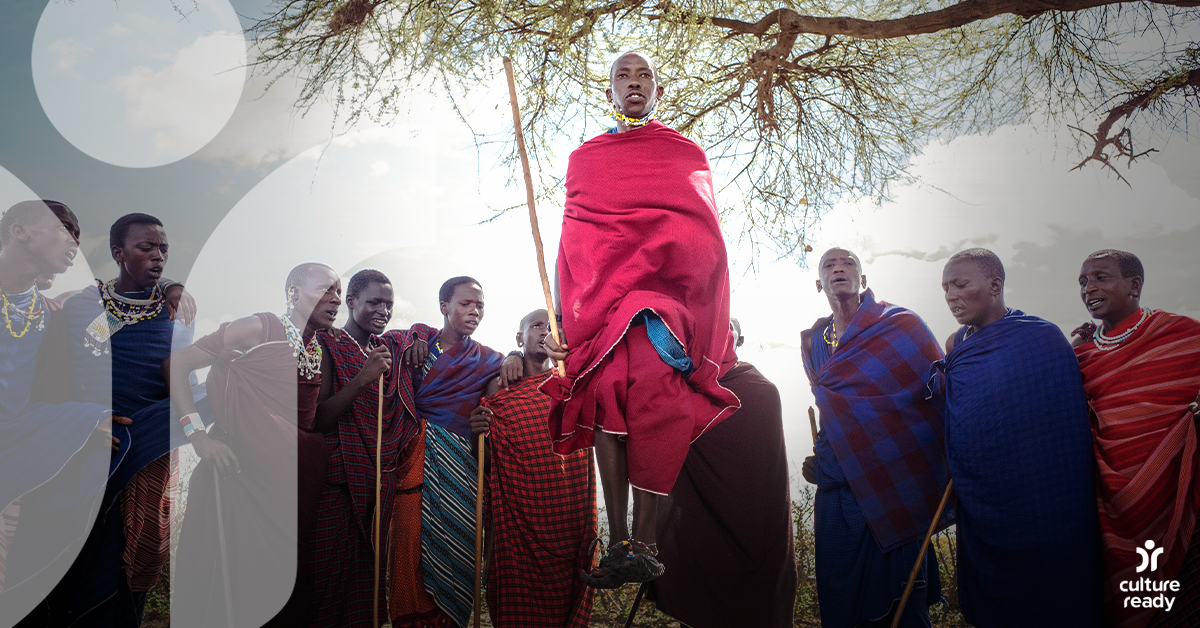The Diverse Tribes of Tanzania
Located in East Africa, on the coast of the Indian Ocean and in the African Great Lakes region, Tanzania is home to more than 150 ethnic groups and tribes. Although a large part of the population speaks the nation’s official language, Kiswahili, most ethnic groups have their own dialect. In fact, 126 distinct languages are spoken in Tanzania.
Totaling more than ten million, the Sukuma people are the largest ethnic group in Tanzania. They’re comprised of two groups, Kimakia and Kisomayo, that speak both Sukuma and Swahili. Mostly residing near Lake Victoria, the Sukuma are subsistence farmers and cattle herders. They practice Christianity, Islam and animism in which every aspect of life, from naming children to planting crops, is influenced by a belief in their ancestral and other spirits.
Perhaps the best-known Tanzanian tribe around the world, the Maasai are also cattle herders. Known for their bright clothing and distinct traditions, they’re a semi-nomadic people who live near many of East Africa’s national parks. In the Maasai culture, wealth is measured in terms of children and cattle. The tribe, which is patriarchal in nature, relies on retired elders and elder Maasai men for dispute resolution. They are monotheistic and believe that one god, Enkai, created the world and formed three groups of people—the Maasai were the third to whom God gave cattle.
Another semi-nomadic tribe, the Hadza, live in north-central Tanzania near Lake Eyasi, just south of the Serengeti. Considered one of the last hunter-gatherer tribes, the Hadza survive by hunting animals with their bows and poisoned arrows and foraging for edible plants and berries. They’re also one of the only groups allowed to hunt in the Serengeti. Their language known as Hadza incorporates clicking and popping sounds.
Known for their blacksmithing skills, beadwork and jewelry making, the Datoga tribe creates the arrowheads used by the Hadza. They are an agro-pastoral nomadic tribe that lives in north-central Tanzania near Mt. Hanang, Lake Basotu and Lake Eyasi and herd goats, donkeys, and sheep. Cows are their most important domestic animals. The reddish-brown color of the Datoga’s attire help them blend in with their environment. Another distinguishing feature of this tribe is the decorative tattooing around their eyes.
While many Tanzanian tribes have lost much of their land to development, large-scale farming and natural park designations, they’ve been able to retain many aspects of their culture, contributing to the country’s vibrant ethnic and linguistic diversity.
